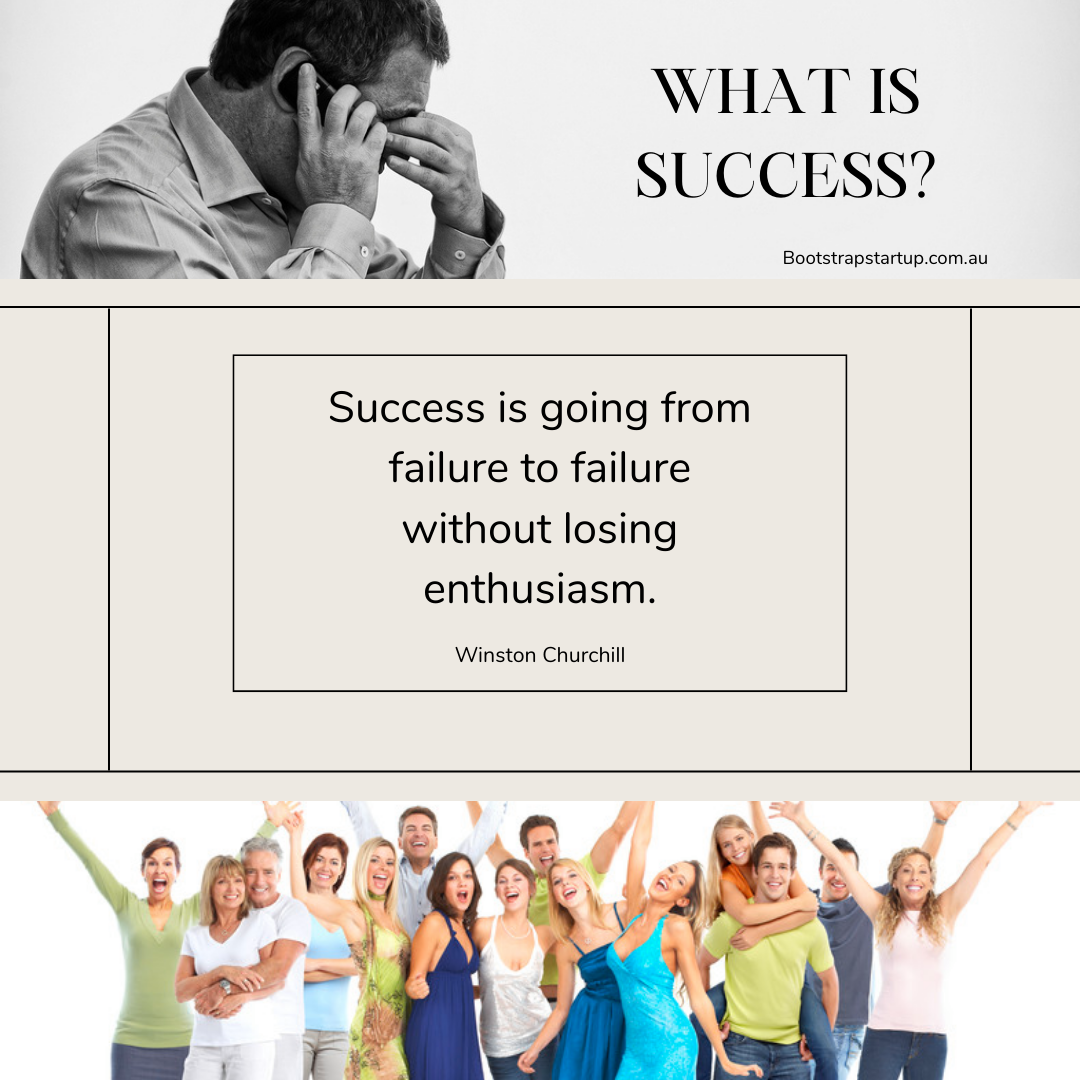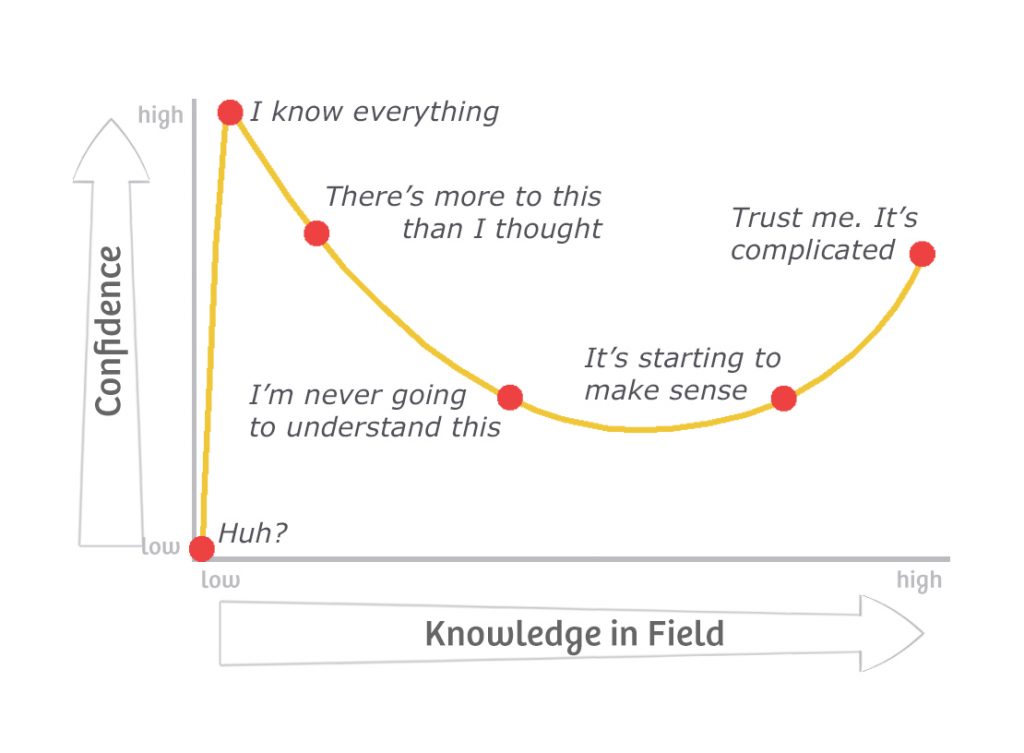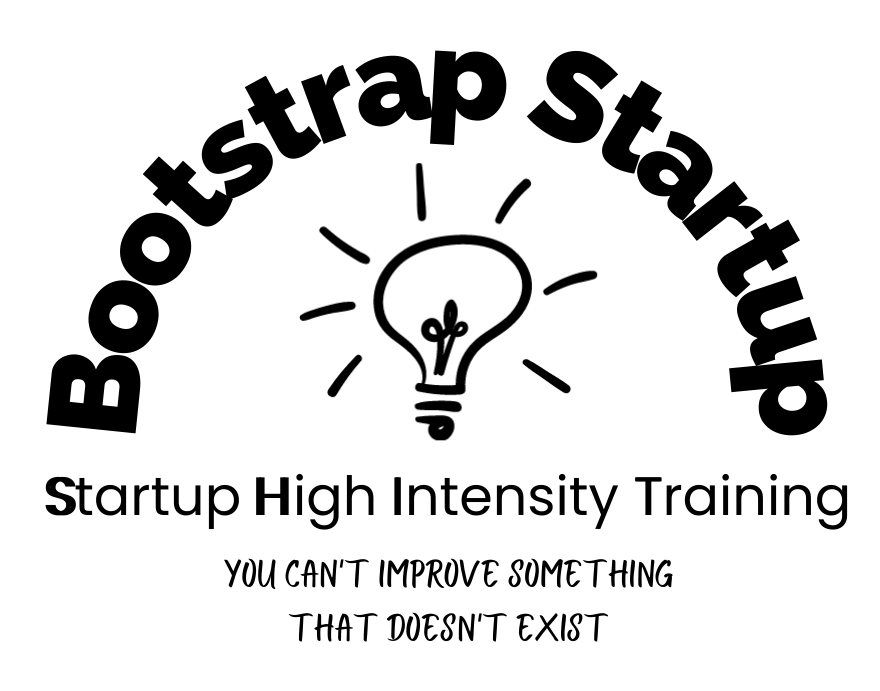Your cart is currently empty!
How Startups Succeed

Startup Entrepreneurs know what success consists of, but it is also said that doing the same thing over and over again and expecting a different result is a definition of insanity…. unless it is part of a continuous improvement process, of course! Then it’s just practice.
Entrepreneurs think differently, but it is more than just positivity. For them, Failure as a result of a trial is exciting, because each time the outcome is different, and they don’t actually do the same thing over and over again. They know they are not crazy!
They may feel like Startups are crazy, and sometimes it is a very fine line. Many characteristics Startup Entrepreneurs regularly show are also considered indicators of mental illness, so it is no wonder that a high degree of Emotional Intelligence is required.
Entrepreneurs may push themselves too far a need a support network around them as indicators normally part of the entrepreneur’s job description include high energy levels, being overly positive, extreme creativity, and extroverted behaviour.
Failure is one of the few times in a Startup Entrepreneur’s life that they have absolute certainty; they know what not to do next time. Then they get to do the one thing Entrepreneurs love… Problem-solving.

That’s why Startups don’t lose enthusiasm; they look forward to failing because they get to do what they love… and if by some small chance it actually works, they feel the surprise and amazement of bringing their dreams to life.
How do startups know what will work?
here’s the thing; they don’t know!
How do you find out what you don’t know? You have a go!
Entrepreneurs will say “failure is a learning experience“; not a failure at all. They know you can’t improve something that doesn’t exist, so creating anything is better than nothing.
The only way an Entrepreneur is sure to fail is to do nothing, so this may explain why Entrepreneurs are so easily excited, but also so willing to help others.
The Entrepreneurial mindset extends to those who are yet to be an Entrepreneur… “Entrypreneurs” are looking at getting into a business, but just don’t have a Minimal Viable Product (MVP), only a dream. That’s all you need, others can help with the rest.
A dream is just a plan without a timeframe…
An MVP is rarely the product a startup ends up mass marketing in the growth phase. It is just one solution to one problem, and it is the worst incarnation of your dream. It is not really your dream, but it is still better than nothing, and you have something to improve.
That’s all it is. They don’t get attached to it. Each time you create a new product you go through the full 7 P’s of the marketing mix. This is a continuous process for any business.

After making 2 improvements to the MVP, a startup generally has enough information to launch a new product, that is still just OK, but still not “the best”.
Businesses begin with “Inception”: the establishment or starting point of an activity. If people don’t believe they can do a job, or work at all, how can you expect them to start their own business?
If you think you can’t, you’ll be absolutely right!
Henry Ford
This is a problem facing many people currently trying to change jobs or even get back into work. “Oh, you can’t find a job? just start a business!” Who has heard that before?
If you have a passion, for anything, you will find a way to do your best, so you may as well do what you love.
It’s no longer called work if you do what you love and love what you do.
Why is that?
How about this: if you do what you love, you can put in what you consider your worst effort will still be better than average (see the BOW model at the bottom of the page).
Not only that, you just have to put in an OK effort to get to 80%, but on the days you feel inspired, you’ll give 100%
If you don’t have to work for it, should you call it work is the question? So what is it?…. It’s a reward for having a passion and following your dreams. Who get’s that from a job?
The same goes if you are looking at starting work. If, and I do mean IF, you know what you love, go for that. You May as well, just in case you get it. You’ve already done all the hard work, so enjoy it.
How do you know what you love?… You you can feel it.
If it doesn’t feel right, trust yourself, back yourself, and make a choice to do better.

What Startups are thinking…
This is all psychological BS, right?… Do you want to see a flowchart for the decision-making process?… OK,… but while we are at it, let’s look at the project management principle of “Milestones” to put your mind at rest.
Milestones are part of “positive contingency plans”, and show you are moving forward.
This is what project managers do:
- they have an overall goal, but don’t know how good they can be, so focus on the journey
- if we can first do (this), then we will be able to do (this)
- They feel joy, and success, each time a milestone is reached
The last point is why project managers like to break things down into small wins, and the feeling becomes addictive to the team. It is also the difference between positive and normal contingency plans.
Contingency plans are normally designed to be implemented to stop the pain and keep you on the right path. They don’t create enthusiasm, and why entrepreneurs try to avoid them as a rectification for failures. They would rather just start again.
You can also create positive contingency plans to create joy, using a different part of the brain. This is where setting milestones come in. If you can do this, then we can do that, and then we can do that, and get to celebrate small wins along the way. Then you are happy to move on to the next step.
This is how “Process praise” works as part of a “growth Mindset”. Intrinsic rewards for doing good work. And if you are wanting praise from others, that’s ok, too. In the social media age promoting you achieved your milestone is a good way to get that.
The absence of sadness doesn’t make you happy!

How many options does a Startup need?
3 is usually enough:
- What is the Best thing that could happen (what you would love to do)
- What is the worst you would accept (like an MVP)
- and then, what is the point in the middle as a guide, so just OK
Let’s call it the BOW model (see below); use it to aim in the general direction of your target.
If you are developing an MVP, start with your worst, don’t hope for the best. As a bonus to getting started, it is easier to improve at startup. Just accept it, make 2 improvements, then come up with an “OK” product and leapfrog up to 66%.
Your best is still yet to come, as long as you keep your dream alive. You give up on plans, that’s not giving up on your dream.
However, if you are going for a job, why not try to get the best job you can straight up? That way you can relax and learn about your new job. Less stressful as you only have to do an OK job to hit the 80%, and you don’t learn new things when you are stressed.
If you choose to do what you love, you’ll be better than average.
You always have a choice, no matter what you’ve been told.

